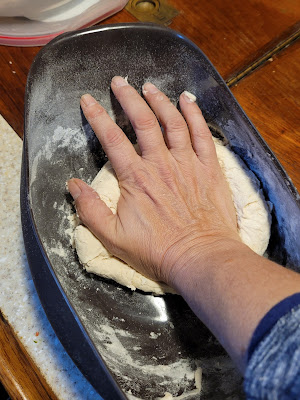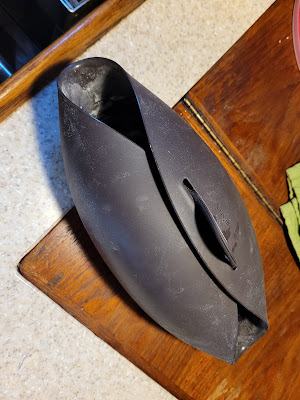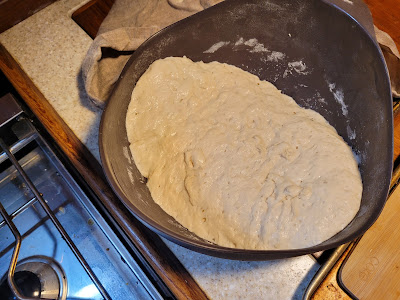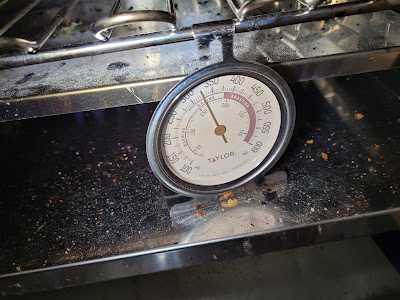One of the things we love about living aboard is something we call consciousness of consumption. On a small boat, with limited space and resources, we tend to be very aware of all the "stuff" we need and want. The boat makes us very aware of the difference between those two things! Do I want more than three pairs of shoes? Yes, very much. Do I need more than three pairs of shoes? No. We have the flip flops, the walking shoes, and the boots. There's simply not any room for more than that. Do I want more than four plates, four knives, four spoons, etc? Of course! The boat tells me I don't need them, though. Heck, Damon and I almost got in a fight over buying a pot. Me? I said no, we have already have our pressure cooker. There's no room for a second pot. That's crazy talk. Damon? Definitely wanted/needed a small pot. How could we possibly make soup in a pressure cooker? (Alright, he was correct, we have room. I still think he can make his soup in the pressure cooker though!)
I love to cook and bake, so leaving our Creuset cast iron Dutch oven behind was difficult. We got it as a wedding present and for 25 years it faithfully served as a pot-roast/soup/bean/stew maker that never failed me. About a dozen years ago I found the New York Time's no-knead bread recipe, which calls for baking bread in a Dutch oven, with the Creuset being ideal. After years of being a mediocre bread baker, this recipe was a game changer. It got us through many a Maine snow day and fed huge groups on Kent Island (the field station we ran in summer in the Bay of Fundy).
Alas, Fulmar isn't Creuset friendly. Way too big, way too heavy. Our pressure cooker does a great job with soups and stews and such (and saves a ton of propane), but I'm just not that keen on baking bread in it (yes it can be done). What's a bread lover to do? How would I get those crispy crusts and lovely loaves? Well in summer I often use our solar cooker. How about when it's cloudy, or I'm just too lazy to trot that thing out? Or maybe I want to warm up the boat (it's going to be 26 tonight so we're all about using the stove today).
Ladies and gents, I give you the Lekue! (FYI we do not monetize anything. This is just a link.) The Lekue is a silicone bowl/baking dish that's perfect for a boat. It takes almost no space to store and is lightweight. I mix my dough right in the Lekue, let it rise in there, and bake it. No muss, no fuss. It's one of my favorite boat gadgets! How's it work?
My recipe is simple: 2 cups flour and 1 cup water. I add some salt. I know, it's be better to weigh it all out. Let's be real, that's not happening on this boat.
...and I wrap it in a moist napkin. Into a warm oven it goes. Every half-hour or so I pulse the propane on for about ten seconds, just to warm up the oven. Or I forget and don't. It all seems to work out.












No comments:
Post a Comment